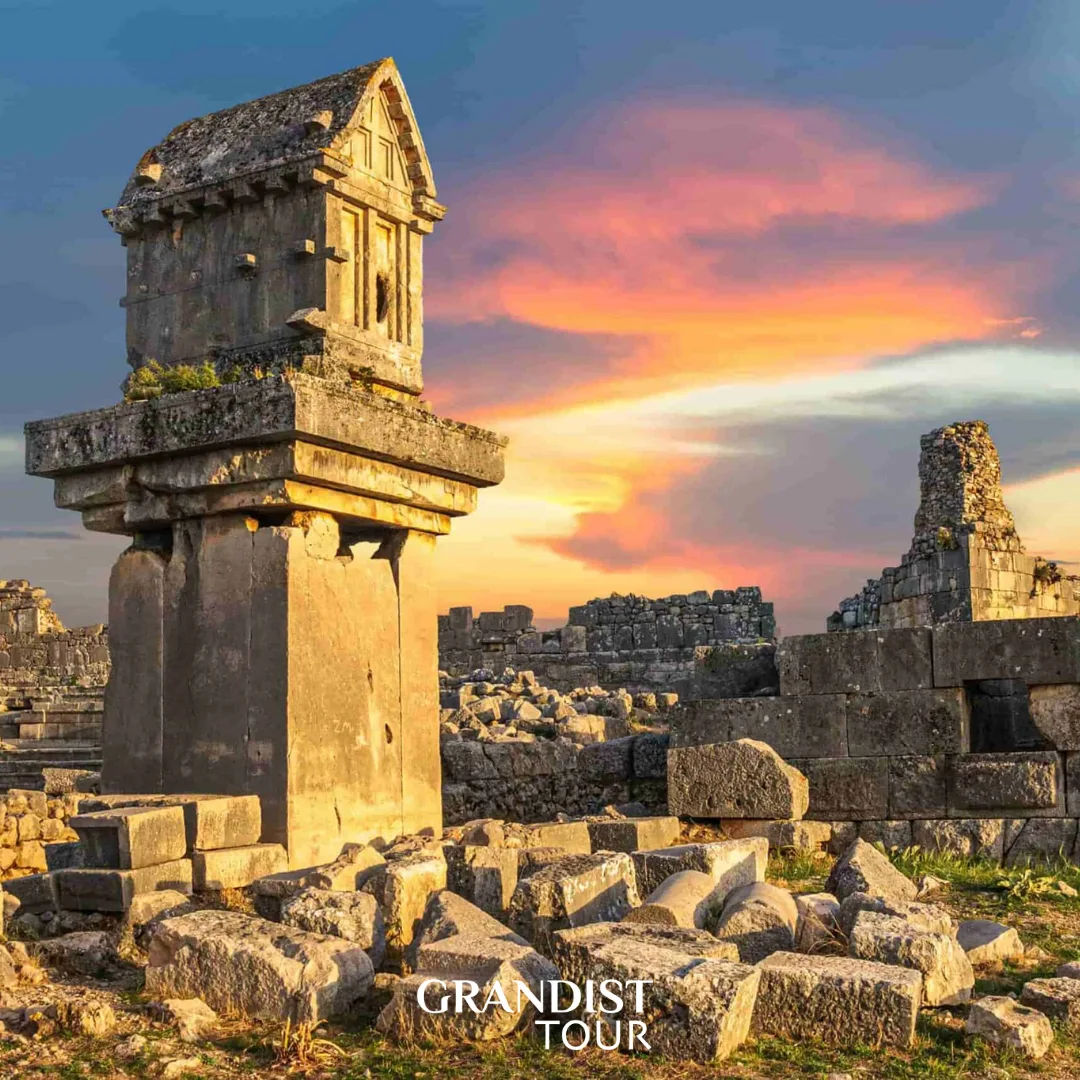UNESCO World Heritage Sites to Visit in Turkey
Turkey is a land of extraordinary cultural richness, ancient civilizations, and breathtaking natural wonders. Its unique geographical location bridging Europe and Asia has made it a hub of heritage and history. Among its treasures are numerous UNESCO World Heritage Sites that offer travelers a journey through time and tradition. In this blog, we explore some of the most remarkable UNESCO World Heritage Sites to Visit in Turkey, showcasing the nation’s diverse heritage.
What is a UNESCO World Heritage Site?
A UNESCO World Heritage Site is a landmark or area recognized by the United Nations Educational, Scientific and Cultural Organization (UNESCO) for its cultural, historical, scientific, or natural significance. These sites are protected and preserved for their outstanding universal value to humanity. Whether it’s ancient ruins, architectural marvels, or natural landscapes, each site tells a unique story about human history and nature’s beauty.

Historic Areas of Istanbul
Among the most iconic UNESCO World Heritage Sites to Visit in Turkey are the historic areas of Istanbul. This city has been the capital of three empires—Roman, Byzantine, and Ottoman—and its heritage reflects that grandeur. Landmarks like Hagia Sophia, the Blue Mosque, and Topkapi Palace are part of this designation.
The Sultanahmet district, in particular, is a cultural mosaic where East meets West. Visitors can walk through centuries of history, from the Hippodrome of Constantinople to the spiritual serenity of the Hagia Sophia. The architectural harmony and historical significance of these sites make Istanbul a must-visit destination for heritage lovers.

Göreme National Park and the Rock Sites of Cappadocia
Göreme National Park in Cappadocia is a natural wonder that combines geology with spirituality. The surreal landscape is dotted with fairy chimneys, rock-carved churches, and ancient cave dwellings. The area was an important center for early Christianity, where monks and hermits lived in the carved cliffs to escape persecution.
One of the most magical experiences is taking a hot air balloon ride over this enchanting terrain. Recognized by UNESCO for its cultural and natural significance, Göreme is one of the most breathtaking UNESCO World Heritage Sites to Visit in Turkey.

Ephesus
Ephesus, located near the modern town of Selçuk, was once a thriving ancient Greek city and later a significant Roman metropolis. It houses one of the largest and best-preserved collections of Roman architecture in the eastern Mediterranean.
Highlights include the Library of Celsus, the Great Theatre, and the Temple of Artemis one of the Seven Wonders of the Ancient World. Walking through the marble streets of Ephesus is like stepping back into antiquity, making it an essential stop on any cultural tour of Turkey.
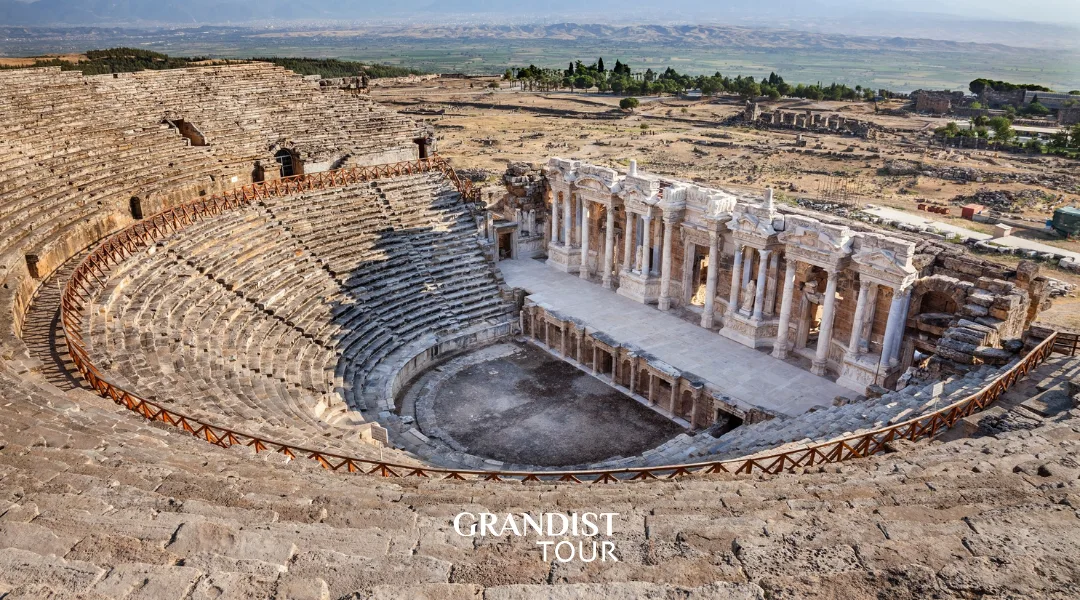
Pamukkale and Hierapolis
Pamukkale, which means “Cotton Castle” in Turkish, is famous for its dazzling white travertine terraces formed by mineral-rich thermal waters. Just above this natural wonder lie the ruins of Hierapolis, an ancient Greco-Roman spa city.
Together, Pamukkale and Hierapolis form a unique dual heritage site combining natural beauty and archaeological importance. Visitors can bathe in thermal pools, explore ancient temples, and marvel at the well-preserved amphitheater—all in one visit. This site is undoubtedly one of the most visually stunning UNESCO World Heritage Sites to Visit in Turkey.
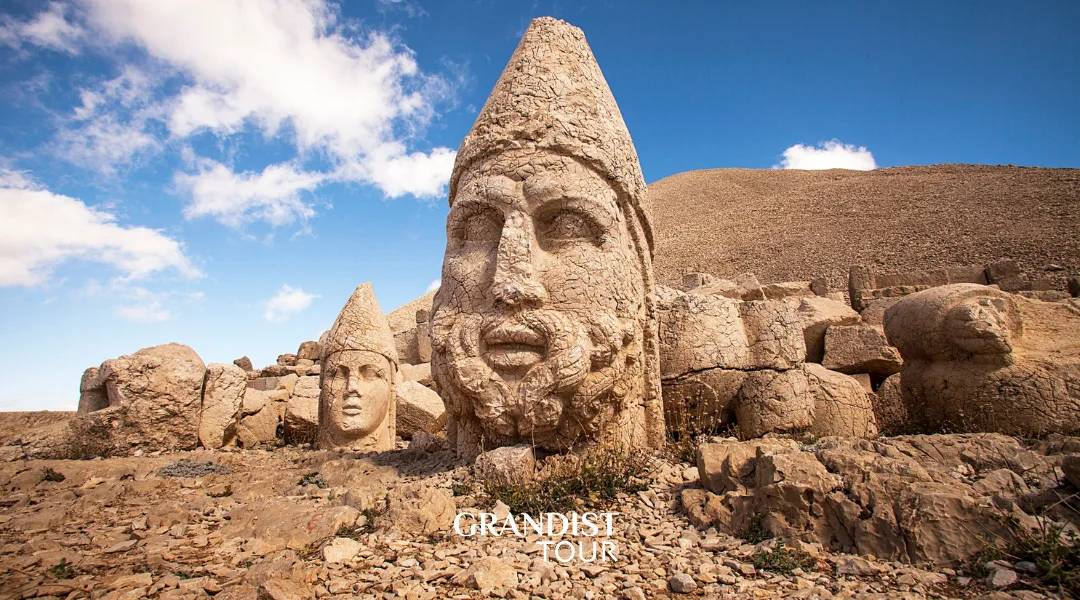
Mount Nemrut
Located in southeastern Turkey, Mount Nemrut is a mysterious and awe-inspiring site. It is home to the colossal stone heads and statues built by King Antiochus I of Commagene in the 1st century BC. These statues were erected as part of a royal tomb and are aligned to the sun’s movements, creating a mystical atmosphere during sunrise and sunset.
Mount Nemrut offers not only historical intrigue but also panoramic views of the surrounding landscape. Its remote location adds to its allure, making it one of the more adventurous UNESCO World Heritage Sites to Visit in Turkey.

Safranbolu
Safranbolu is a charming town that exemplifies traditional Ottoman architecture and urban planning. Once an important stop on the trade route for saffron and other goods, the town’s name itself comes from the valuable spice.
The well-preserved houses, inns (han), and Turkish baths (hamam) make Safranbolu a living museum. Strolling through its cobbled streets offers a glimpse into 17th-century Ottoman life. It is a perfect destination for travelers interested in cultural authenticity and architectural beauty.
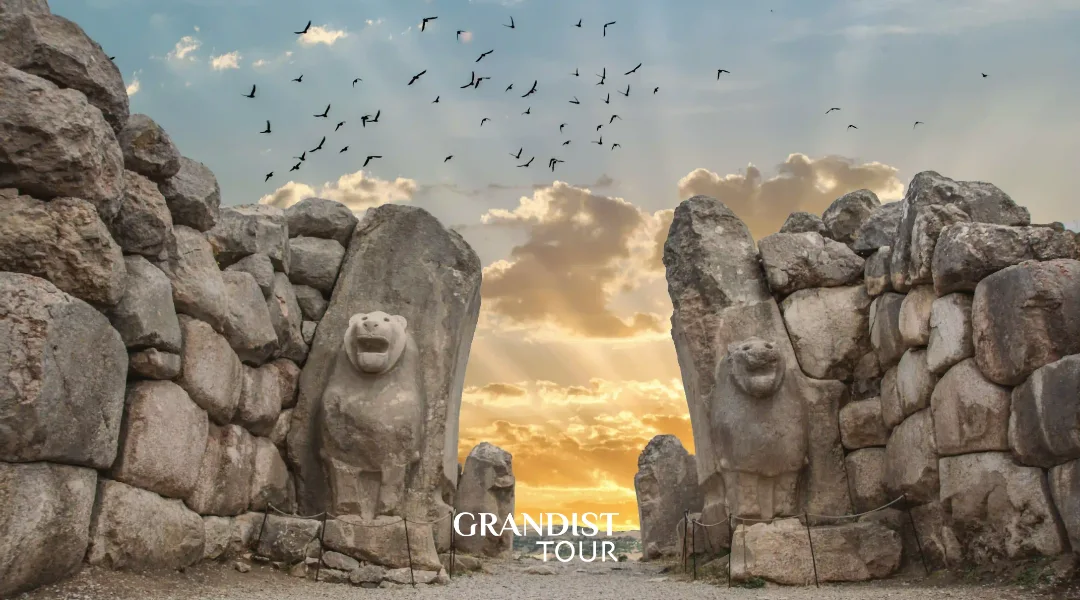
Hattusha
The ancient city of Hattusha was once the capital of the Hittite Empire, a powerful civilization that existed during the Bronze Age. Located in modern-day Boğazkale, the site includes massive fortification walls, royal gates, and temples.
Notable features include the Lion Gate, the King’s Gate, and the Great Temple. Cuneiform tablets found in Hattusha have provided valuable insights into Hittite laws, treaties, and diplomacy. It’s a significant archaeological site that reveals much about early Anatolian civilizations, earning its place among the notable UNESCO World Heritage Sites to Visit in Turkey.
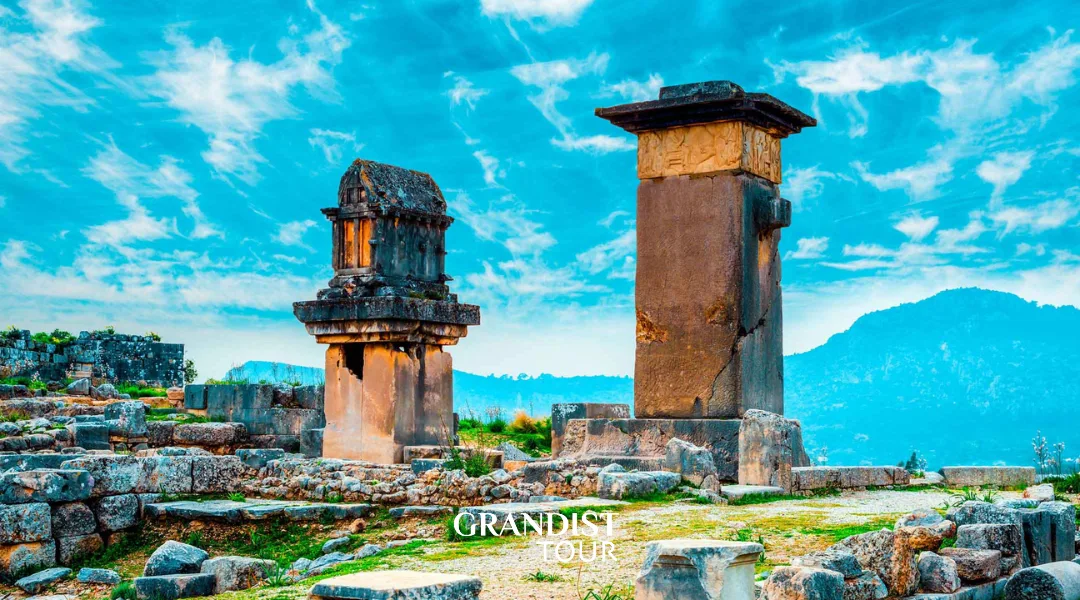
Xanthos-Letoon
Xanthos and Letoon are twin archaeological sites located in southwestern Turkey, significant to the Lycian civilization. Xanthos was the capital city, while Letoon was its religious center.
These sites offer a fascinating blend of Lycian, Greek, and Roman influences. Inscriptions in the Lycian language, theater ruins, and temple foundations are highlights of the area. The tragic history of Xanthos, where its people chose mass suicide over surrender, adds a layer of poignancy to the visit.
As part of the UNESCO World Heritage Sites to Visit in Turkey, Xanthos-Letoon offers a compelling look into one of Anatolia’s oldest cultures.
From the majestic ruins of Ephesus to the surreal landscapes of Cappadocia and the spiritual heights of Mount Nemrut, Turkey’s UNESCO World Heritage Sites offer an unparalleled glimpse into the layers of human civilization and natural beauty. Each site tells its own unique story, contributing to the cultural and historical fabric of the country.
Whether you’re a history buff, a nature enthusiast, or a cultural explorer, discovering these UNESCO World Heritage Sites to Visit in Turkey will leave you inspired and in awe of the country’s remarkable legacy.
FAQ: UNESCO World Heritage Sites to Visit in Turkey
What qualifies a site to become a UNESCO World Heritage Site?
A site must have outstanding universal value and meet at least one of ten criteria defined by UNESCO, which include cultural significance, natural beauty, historical importance, or unique architectural or ecological features.
How many UNESCO World Heritage Sites are there in Turkey?
As of 2025, Turkey has 21 UNESCO World Heritage Sites, including both cultural and mixed sites. These range from ancient cities and religious sites to natural landscapes and traditional settlements.
Are these sites open to the public year-round?
Most UNESCO World Heritage Sites in Turkey are open year-round. However, opening hours and accessibility may vary by season and weather conditions. It’s best to check official tourism websites or local guides before visiting.
Which UNESCO World Heritage Site is best for first-time visitors to Turkey?
For first-time visitors, the Historic Areas of Istanbul are highly recommended. The city offers a rich blend of history, culture, and architecture, and is easily accessible with modern infrastructure.
Is there an entrance fee to visit these heritage sites?
Yes, most sites charge an entrance fee. Fees vary depending on the site and whether you are a local or international visitor. Some sites offer combination tickets or museum passes for multiple entries.





